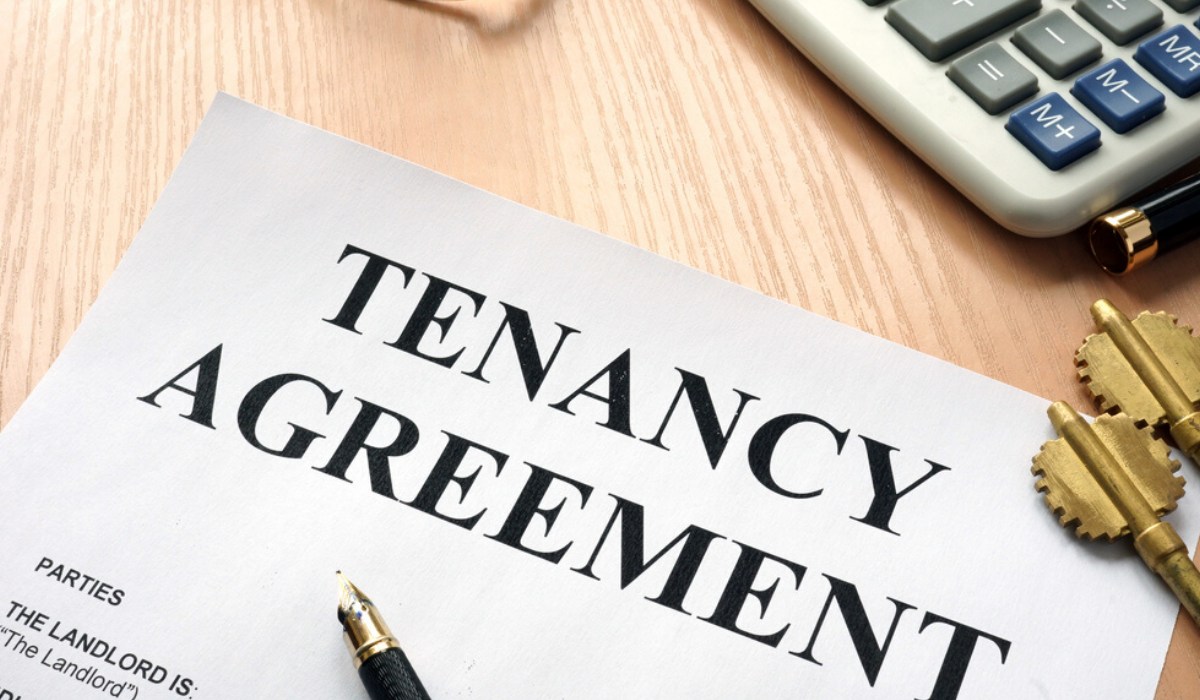Whether you’re a first-time renter or a seasoned landlord, understanding the ins and outs of a tenancy agreement is crucial. This legal document forms the foundation of the landlord-tenant relationship, outlining rights, responsibilities, and expectations for both parties.
In this comprehensive guide, we’ll break down the key components of a tenancy agreement and provide valuable insights for both tenants and landlords.
What is a Tenancy Agreement?
A tenancy agreement, also known as a lease agreement, is a legally binding contract between a landlord and a tenant. This document specifies the terms and conditions under which a property is rented out. It covers various aspects of the rental arrangement, including:
- Rent amount and payment schedule
- Duration of the tenancy
- Responsibilities of both parties
- Rules and regulations for the property
Understanding and signing a tenancy agreement is a critical step in the rental process. It protects both the landlord and the tenant by clearly outlining expectations and legal obligations.
Key Components of a Tenancy Agreement
1. Names and Contact Information
Every tenancy agreement should clearly state the full names and contact details of both the landlord and tenant(s). This information is essential for communication and legal purposes.
2. Property Details
The agreement must include the full address of the rental property, along with a description of the space being rented (e.g., apartment number, included amenities).
3. Tenancy Term
This section specifies whether the agreement is for a fixed term (e.g., 12 months) or a periodic tenancy (e.g., month-to-month). It should also include the start and end dates of the tenancy.
4. Rent and Payment Terms
One of the most important aspects of any tenancy agreement is the rent amount and payment schedule. This section should clearly state:
- The monthly rent amount
- Due date for rent payments
- Acceptable payment methods
- Late payment fees or penalties
5. Security Deposit
Most landlords require a security deposit to cover potential damages or unpaid rent. The tenancy agreement should specify:
- The amount of the security deposit
- Conditions for its return
- Any deductions that may be made
6. Utilities and Maintenance Responsibilities
This section outlines which utilities (e.g., water, electricity, internet) are included in the rent and which are the tenant’s responsibility. It should also clarify who is responsible for various maintenance tasks and repairs.
7. Rules and Regulations
Every rental property has its own set of rules. The tenancy agreement should clearly state these, including:
- Pet policies
- Smoking restrictions
- Noise regulations
- Guest policies
- Alterations to the property
8. Entry Rights and Notice
The agreement should specify the conditions under which the landlord may enter the property and how much notice must be given to the tenant.
9. Termination Clauses
This section outlines the conditions under which either party can terminate the agreement, including notice periods and any penalties for early termination.
Tips for Tenants When Signing a Tenancy Agreement
- Read Carefully: Take the time to read through the entire agreement. Don’t rush or feel pressured to sign immediately.
- Ask Questions: If anything is unclear, ask the landlord or property manager for clarification. It’s better to understand everything upfront than to face surprises later.
- Check for Illegal Clauses: Be aware that some clauses may not be legally enforceable. Research your local tenancy laws to ensure the agreement complies with regulations.
- Document the Property’s Condition: Before moving in, conduct a thorough inspection of the property. Take photos and notes of any existing damage to avoid disputes when moving out.
- Negotiate if Necessary: If there are terms you’re uncomfortable with, don’t be afraid to negotiate. Many landlords are willing to make reasonable adjustments.
- Keep a Copy: After signing, ensure you receive a copy of the signed agreement for your records.
Landlord Considerations When Preparing a Tenancy Agreement
- Be Clear and Specific: Use clear, straightforward language to avoid misunderstandings. Specify all terms and conditions in detail.
- Stay Up-to-Date with Laws: Ensure your agreement complies with current local and national tenancy laws. These can change, so regular reviews are necessary.
- Customize for Your Property: While templates can be helpful, tailor your agreement to address the specific needs and features of your property.
- Include All Necessary Clauses: Cover all aspects of the tenancy, including rarely used clauses like subletting policies or emergency procedures.
- Consider Professional Review: For complex properties or situations, having a legal professional review your agreement can provide peace of mind.
- Be Prepared to Explain: Be ready to walk through the agreement with potential tenants, explaining key points and answering questions.
Common Mistakes to Avoid in Tenancy Agreements
For Tenants:
- Not reading the entire agreement
- Failing to understand all terms before signing
- Overlooking important details about responsibilities and restrictions
- Not keeping a copy of the signed agreement
For Landlords:
- Using outdated or generic templates
- Omitting crucial clauses specific to the property
- Including unenforceable or illegal clauses
- Not clearly defining maintenance responsibilities
The Importance of a Well-Crafted Tenancy Agreement
A well-written tenancy agreement serves as a valuable tool for both landlords and tenants. It:
- Provides legal protection for both parties
- Clarifies expectations and responsibilities
- Helps prevent misunderstandings and disputes
- Serves as a reference point throughout the tenancy
By taking the time to create, understand, and properly execute a comprehensive tenancy agreement, both landlords and tenants can set the stage for a positive and mutually beneficial rental experience.
Conclusion
The tenancy agreement process may seem daunting, but it’s a crucial step in establishing a clear and fair rental arrangement. By understanding the key components, being thorough in your review, and communicating openly both tenants and landlords can ensure a smooth start to their rental relationship.
Remember, a tenancy agreement is more than just a formality – it’s a roadmap for a successful
tenancy. Whether you’re signing a tenancy agreement as a tenant or preparing one as a landlord, approach it with care and attention to detail. This initial investment of time and effort can save you from potential headaches and disputes down the line, paving the way for a positive and stress-free rental experience.




